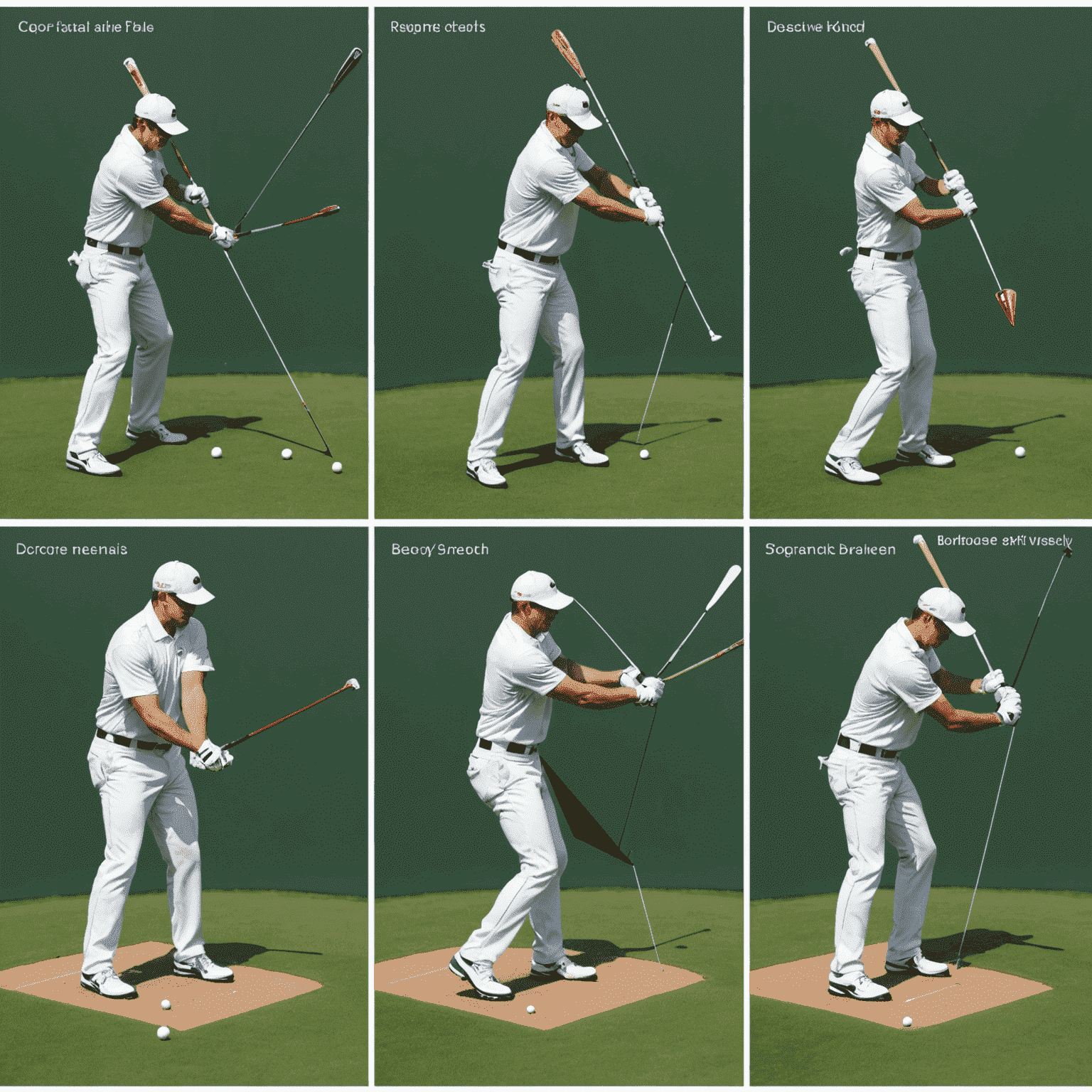Mastering Swing: A Bowler's Guide
Swing bowling is an art form in cricket, combining physics, skill, and environmental factors to create a formidable weapon for any bowler. In this comprehensive guide, we'll dive deep into the aerodynamics of swing bowling, exploring the crucial elements that contribute to this mesmerizing aspect of the game.
The Science of Swing
At its core, swing bowling relies on the principles of fluid dynamics. The movement of the ball through the air is influenced by various factors, creating a pressure differential that causes the ball to deviate from its straight path.
Key Factors Affecting Swing
- Humidity: Higher humidity can enhance swing by making the air more dense, allowing for greater movement.
- Ball Condition: The state of the ball, particularly its seam and shine, plays a crucial role in generating swing.
- Bowling Action: A bowler's technique, including wrist position and release point, significantly impacts the ball's trajectory.
Mastering the Art of Swing
To become proficient in swing bowling, players must focus on several key aspects:
1. Ball Preparation
Maintaining one side of the ball while allowing the other to deteriorate creates an imbalance that aids swing. This process, known as 'ball management,' is a crucial skill for any swing bowler.
2. Seam Position
The orientation of the seam relative to the direction of travel is vital. A straight seam can produce conventional swing, while an angled seam may result in reverse swing under the right conditions.

3. Wrist Position and Release
The angle of the wrist at the point of release can determine the type and extent of swing. Mastering various wrist positions allows bowlers to deceive batsmen with a mix of inswing and outswing deliveries.
Environmental Considerations
Understanding and adapting to environmental conditions is crucial for maximizing swing:
- Cloud Cover: Overcast conditions often favor swing bowling due to increased humidity and reduced air pressure.
- Wind Direction: Tailwinds can enhance swing, while crosswinds may require adjustments in line and length.
- Pitch Conditions: The nature of the pitch can affect how the ball behaves after bouncing, complementing or counteracting the swing.
Advanced Techniques
As bowlers progress, they can explore advanced concepts in ball physics:
Reverse Swing
This phenomenon occurs when the ball is older and rougher on one side, causing it to swing towards the shiny side – the opposite of conventional swing. Mastering reverse swing can be a game-changer in the latter stages of an innings.
Wobble Seam
By releasing the ball with a slightly scrambled seam, bowlers can create unpredictable movement off the pitch, challenging even the most accomplished batsmen.
Conclusion
Mastering swing bowling is a journey that combines scientific understanding with practical skill. By comprehending the aerodynamics involved, honing your technique, and adapting to various conditions, you can become a formidable swing bowler capable of troubling any batting lineup.
Remember, the art of swing bowling is not just about raw pace or perfect technique – it's about outsmarting the batsman with subtle variations and clever use of conditions. Keep practicing, stay observant of your environment, and never stop learning about the fascinating physics behind cricket ball movement.